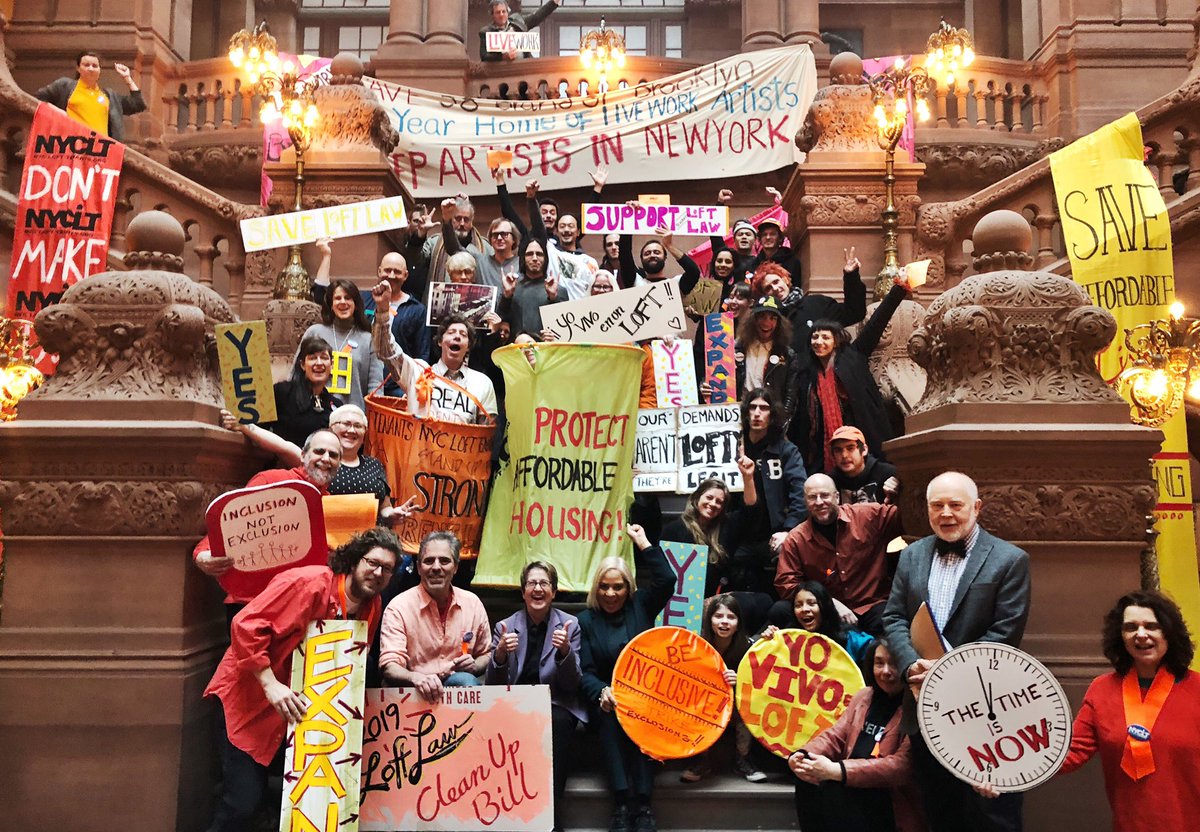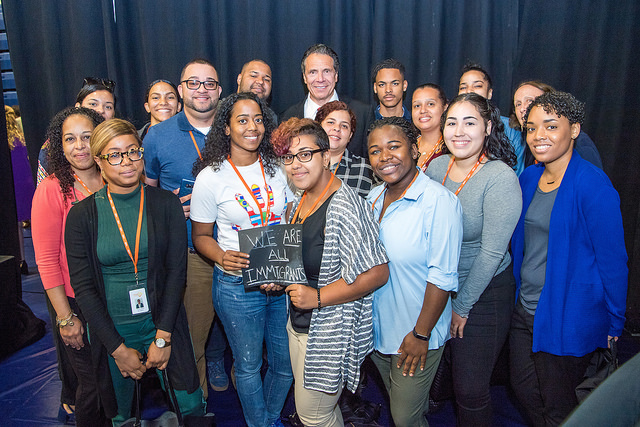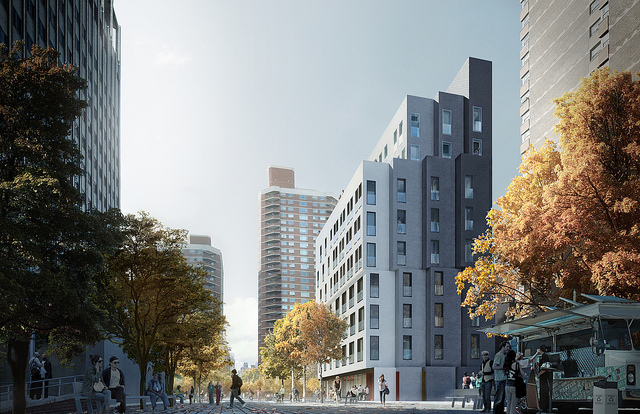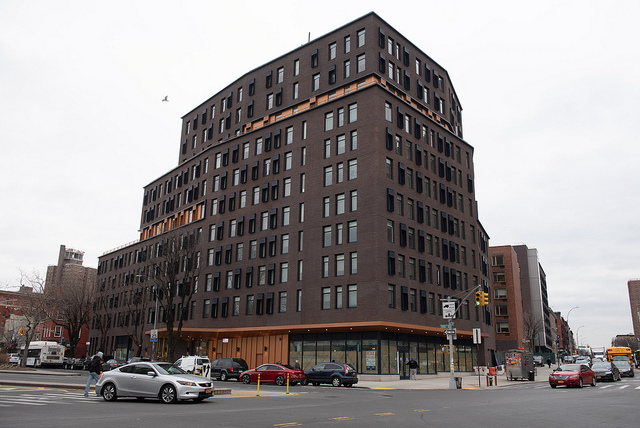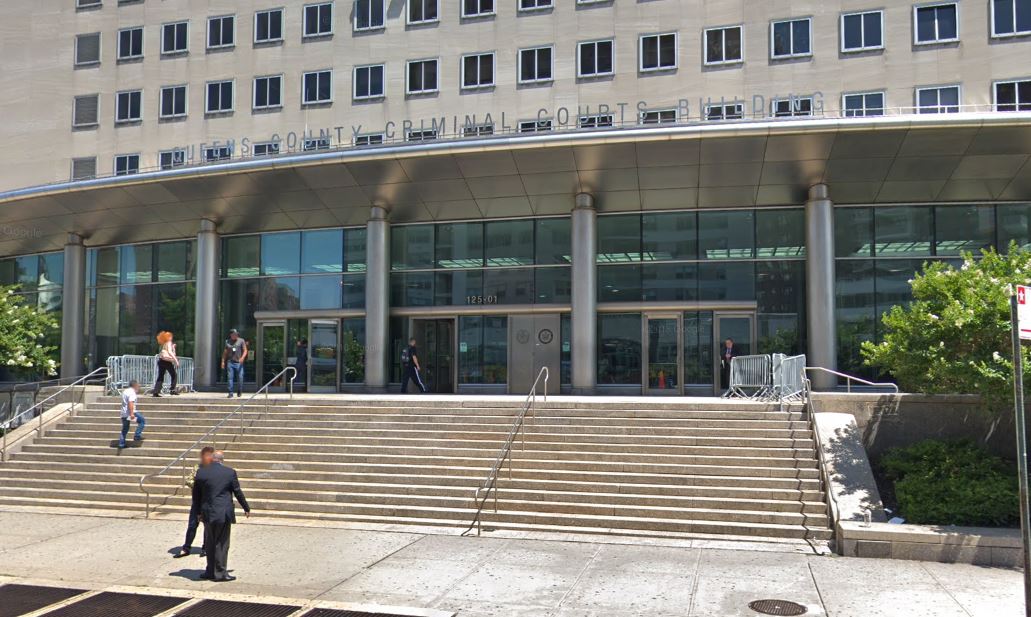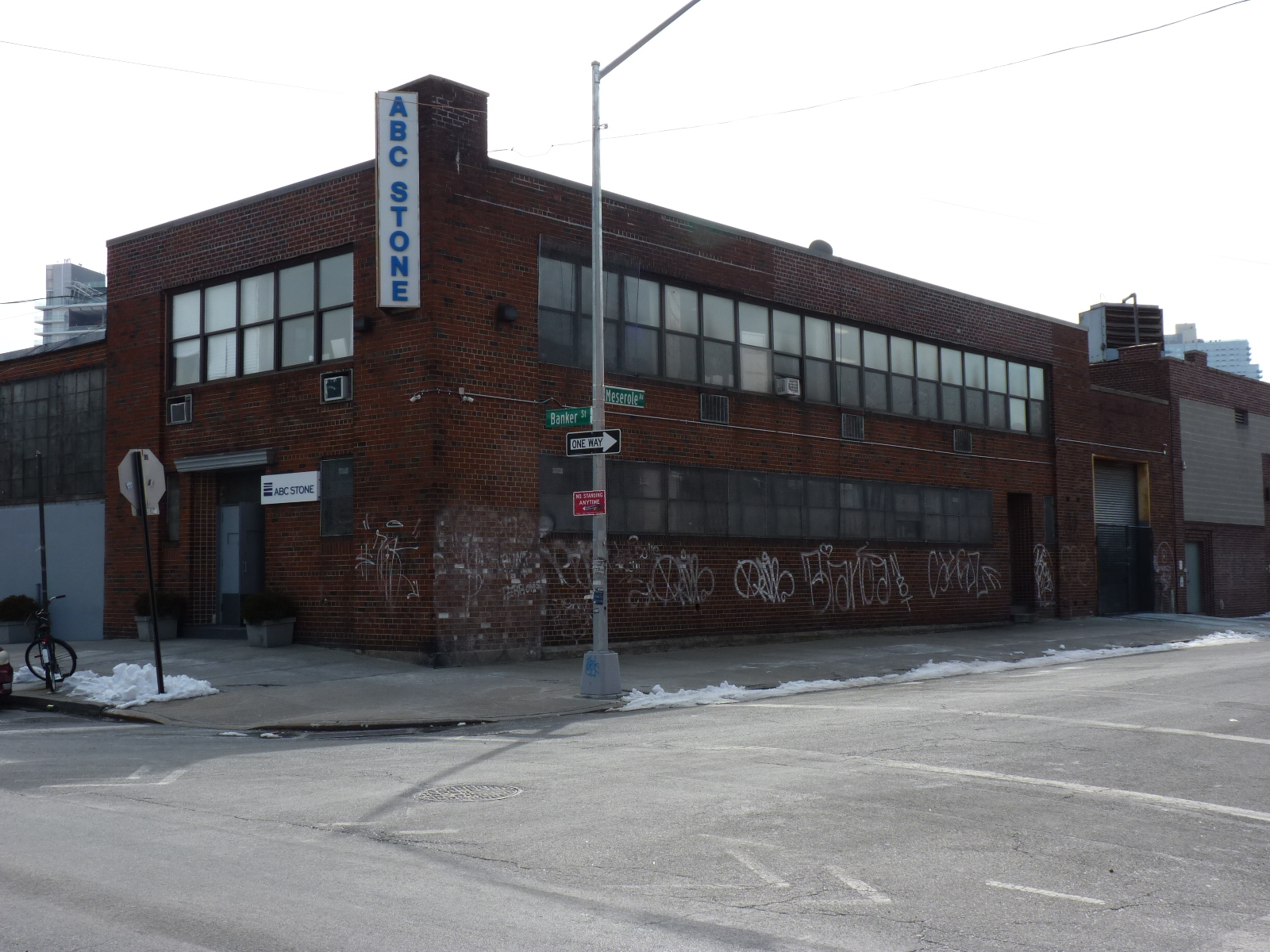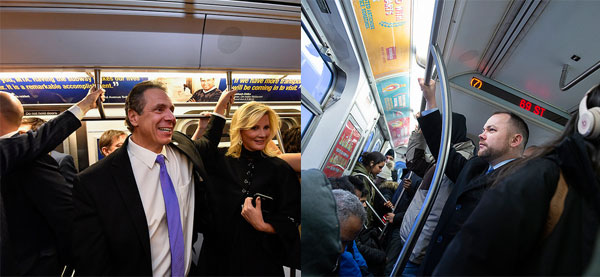
Gov. Cuomo (governor's office) & Speaker Johnson (William Alatriste/City Council)
On February 26, Governor Andrew Cuomo and Mayor Bill de Blasio released a 10-point plan to “transform and fund” the Metropolitan Transportation Authority (MTA). The vague, crisp proposals are designed to centralize splintered MTA operations to further State control, formally unify support for revenue-generating policies like congestion pricing, and establish external monitoring of the struggling authority, which runs the New York City subways and buses, as well as regional rail networks.
One week later, City Council Speaker Corey Johnson announced a transit plan of his own, several months in the making. The speaker’s 104-page white paper has a slew of ideas to reform governance, financing, accessibility, and surface-level transit.
The boldest proposal in Johnson’s very bold plan is the City take over subway and bus mass transit -- which it hasn’t managed since 1968 -- plus local bridges and tunnels, while leaving control of commuter rail, suburban buses, and capital projects to the MTA.
This would streamline transit accountability by making the mayor directly responsible for the subway and buses (like in London). Johnson also wants congestion pricing, whether the State passes it or the City enacts its own measure, and several tax hikes.
To be clear: neither plan has all the details. That’s the nature of politicians creating policy, and needing subject-specific experts to chime in. The difference is the Cuomo-de Blasio 10-point proposal lacks the basic necessities of a policy plan, whereas Johnson’s is a well-thought out series of policies, just without some next-level details.
It’s unclear the joint Cuomo-de Blasio plan, which needs approval from the state Legislature, will actually help alleviate deeper MTA problems with performance, operations funding, capital expansion, labor costs, or debt service. In his Signal Problems newsletter, journalist Aaron Gordon noted there’s a “fundamental misunderstanding” of different technological options for upgrading the signal system.
Johnson’s white paper glazes over politically-challenging aspects like labor costs that the Cuomo-de Blasio plan ignores entirely, and takes a radical stance on taxes generating permanent operations revenue. In response, Cuomo outright mocked Johnson’s proposal, while de Blasio dismissed it as an impossibility before the April 1 state budget deadline.
Plenty in the transit world is already being debated, and that fast-approaching state budget deadline brings a Legislature more focused on fiscal policy than urban planning into the conversation. Especially since all three leaders -- Cuomo, de Blasio, and Johnson -- agree congestion pricing needs to happen, the actual proposals are less significant than the policymaking tenor with which they’ve been proposed and discussed, and what the differences mean for governance of the city’s mass transit system.
Johnson’s plan is a substantive, comprehensive proposal, while Cuomo’s plan (I’ll call it Cuomo’s, because his stamp is on practically the entire thing) is dangerously short on details relative to what one should expect from a government leader impacting millions of people. Details are a precursor to meaningful dialogue about transit reform, and the rigor simply isn’t there in 10 bullet points. (Clearly, that’s not just a local problem.)
Cuomo’s team insists they’ll throw together enough details in the state budget. The governor often waits until the last hour to force budget changes, like when his team ushered in a congestion surcharge of $2.75 for rideshare vehicles and $2.50 for taxis last year.
Cuomo’s transit input isn’t necessarily a bad thing, but it’s a troubling indicator of dictatorial, politically-driven decision-making in transit, an excessively technical endeavor at its core.
It’s hard to trust the New York details will be as substantive as plans in Berlin, London, Paris, or Singapore, considering the simplicity of the toll shoved through last year’s state budget. A $2.75 surcharge on ride-share vehicles is the price of a city transit fare, while the $2.50 surcharge for taxis was simply less than the $2.75.
What accounts for the differences in rigor? Cuomo “expects” his plan to be approved behind closed doors in Albany, whereas Johnson is promoting transparency and accountability. Cuomo’s already in charge, Johnson wants the City to be.
The governor acts as if he can change practically anything atop the MTA without pushback. Maybe he’s onto something. Neither advocates and journalists outside government, nor MTA leadership and legislators within government, have consistently scaled back Cuomo’s transit proposals, even those that overstep his bounds or are not economically sensible.
Consider the new L train tunnel repair plan: despite wild uncertainty in changing plans three years in the making at the last second, the MTA Board acted handcuffed in even exercising due diligence. Criticism simply didn’t manifest into meaningful resistance.
It’s less about dialogue, since the governor’s tactics don’t really invite public discourse or any semblance of democratic norms. Cuomo’s threatening a 30 percent fare hike should he not get his way with congestion pricing, and the governor’s response to Johnson’s plan was to withdraw the State’s $10 billion in funding should the City control the subway.
Effectively, it’s Cuomo’s way, or the highway. A plan this vague and politically-driven, yet still likely to pass given the governor’s power in changing the MTA and influencing the state budget process, can only exist in an accountability vacuum (a phrase I wrote in an earlier version of this article that Johnson used in his State of the City speech).
It’s clear the speaker’s 104-page plan takes governing, accountability, and rigor seriously. Johnson’s plan sets clear, quantifiable expectations for improvements, makes the mayor the subway’s political figurehead, reforms transit government boards, and specifically references a multitude of programs to expand. The spirit of Johnson’s white paper mirrors that of Berlin’s comprehensive proposal in late February to inject billions of euros into its already-heralded system.
However, it doesn’t mean Johnson’s proposal is the right one for New York. Former head of the MTA Richard Ravitch, who is credited for resurrecting the authority and its subways in the early 1980s, said of Johnson’s plan, “It’s a very thoughtful proposal, I just don’t agree with it.” Having the City take over mass transit is a massive undertaking, and the taxes he proposes may drive business out of the City, a delicate subject any time, especially post-Amazon.
That’s why the devil is in the details. Without knowing what Cuomo’s plan really entails, how can the MTA Board, State Legislature, City Council, journalists, and the commuting public decide what to make of the two plans side by side?
The tale of two plans is a stark reminder New York’s political landscape needs reforming, just as much as its transit system needs an overhaul. In essence, there’s only one real plan on the table: Johnson’s. Yet, the plan without plans—Cuomo’s—is what New Yorkers should expect to happen.
***
Tim Lazaroff is a freelance journalist specializing in transit.
***
Have an op-ed idea or submission for Gotham Gazette? Email This email address is being protected from spambots. You need JavaScript enabled to view it.

